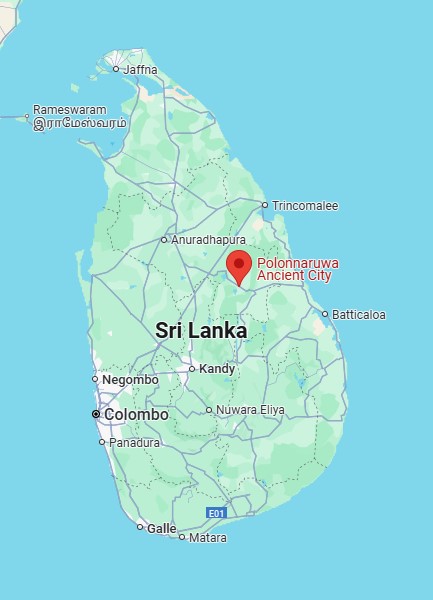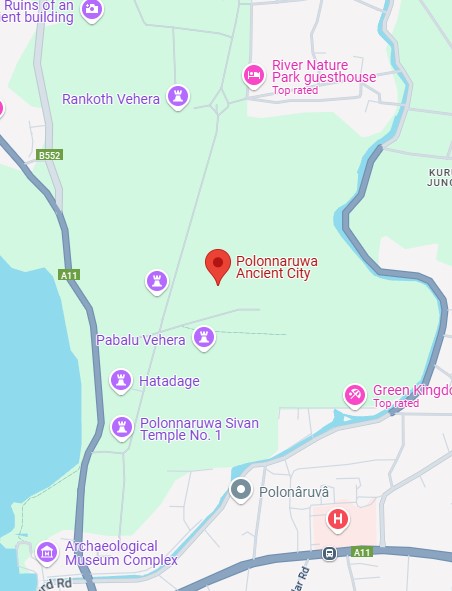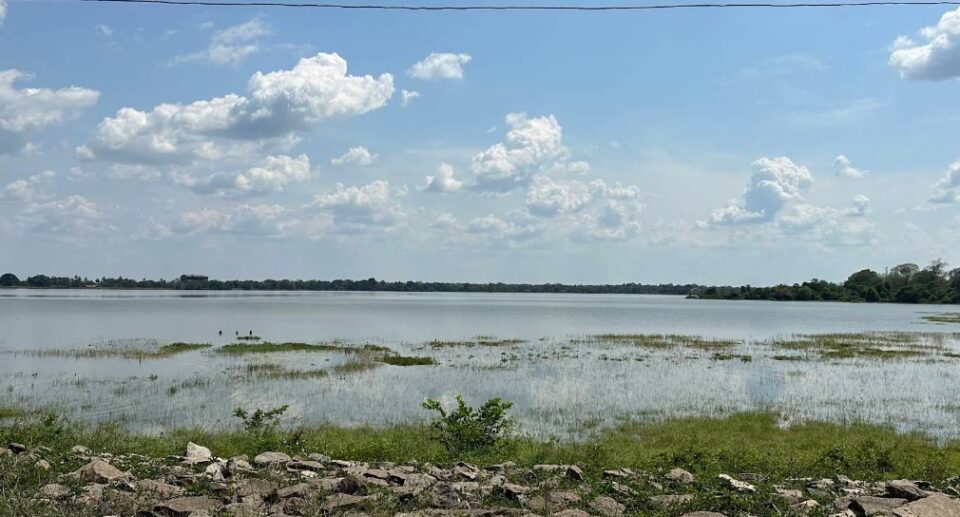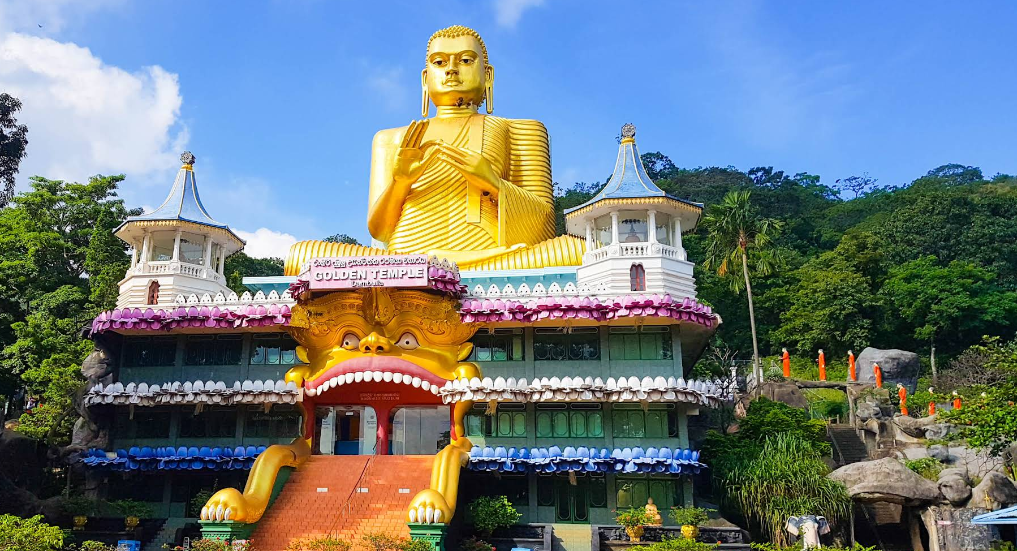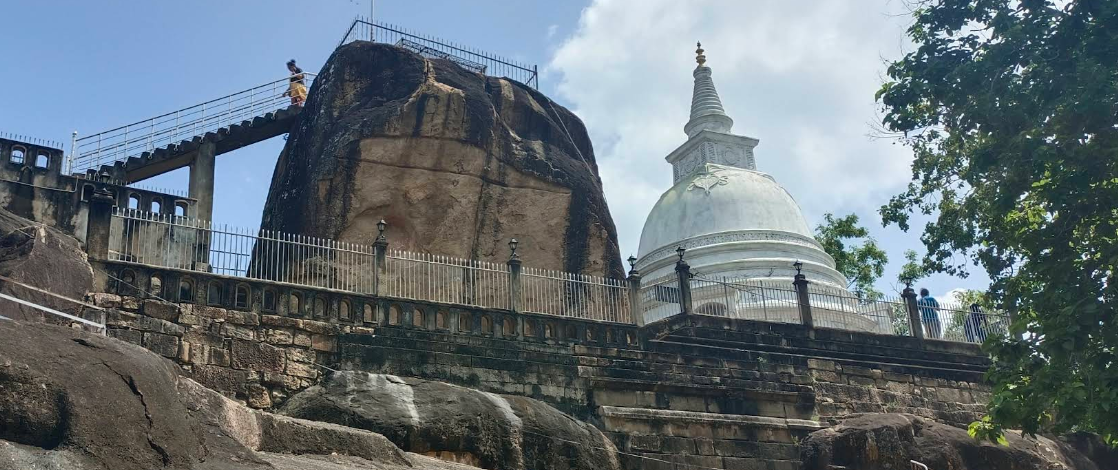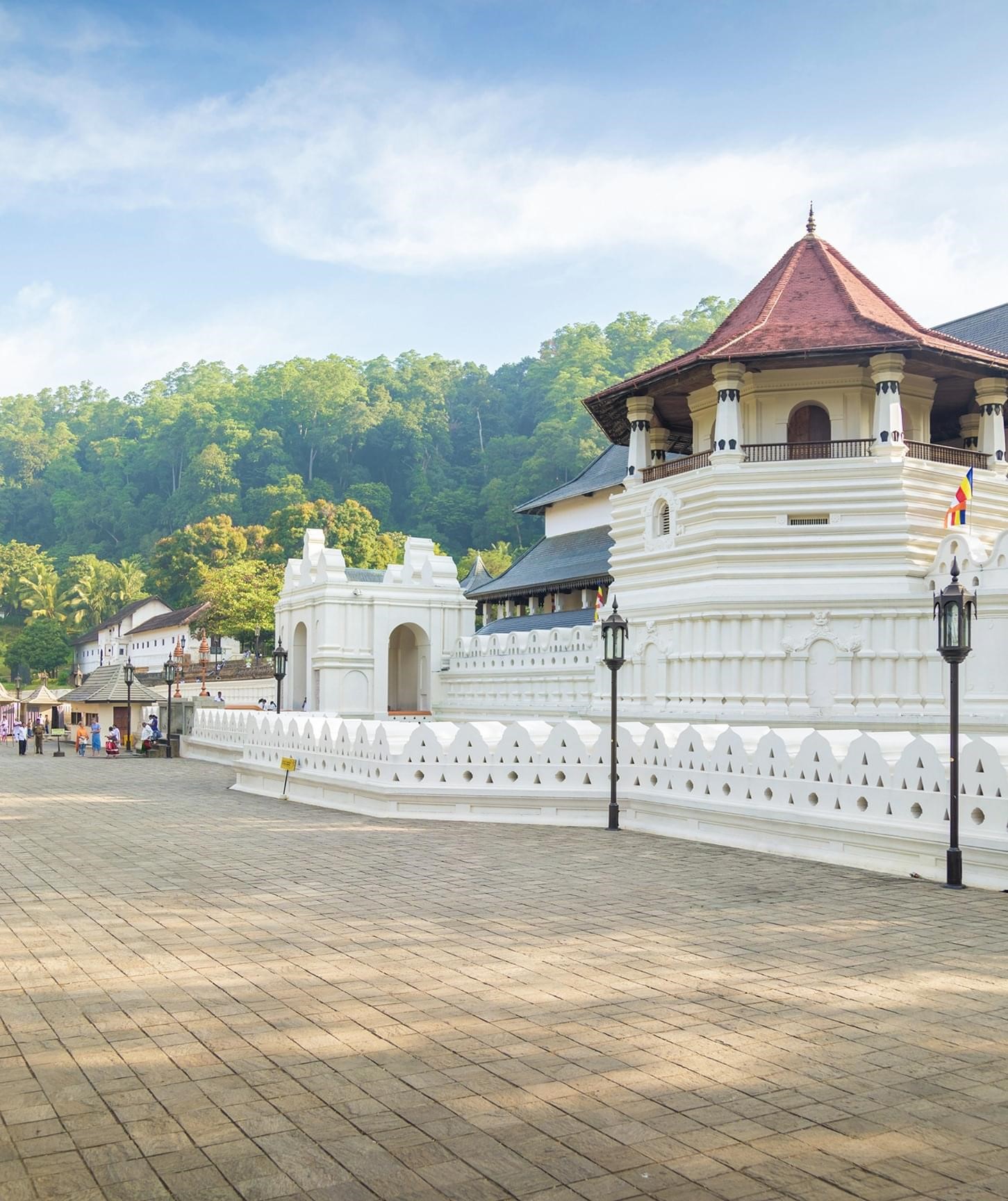The Ancient City of Polonnaruwa
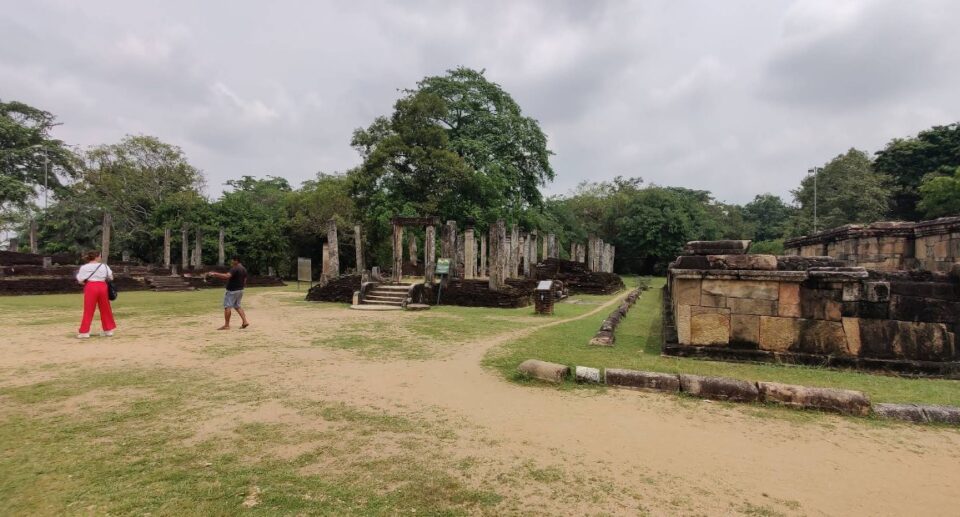
The ancient city of Polonnaruwa, located in Sri Lanka’s North Central Province, is among the country’s most historically and culturally important places. Since it was the second important capital of ancient Sri Lanka, Polonnaruwa played an integral part in shaping the political, religious, and architectural heritage of the nation. Although declared a World Heritage Site by UNESCO in 1982, Polonnaruwa is renowned for its advanced urban planning, glorious irrigation systems, and colossal religious monuments that continue to evoke awe and wonder even today. Not just a reminder of the past glory, but also of the ingenuity and determination of ancient Sri Lankan civilization, Polonnaruwa is a sight to behold.
Early Beginnings and Historical Significance
The history of Polonnaruwa is dated all the way back to the 6th century AD, when it was referred to as a strategic military base “Vijayarajapura.” Its fame began in the 10th century, however, when it was taken over by the Chola dynasty of South India. The Cholas had control over the city for several decades, using it as the seat of government. They introduced South Indian patterns of governance, architecture, and religious worship, which had a lasting impact on the city’s cultural landscape.
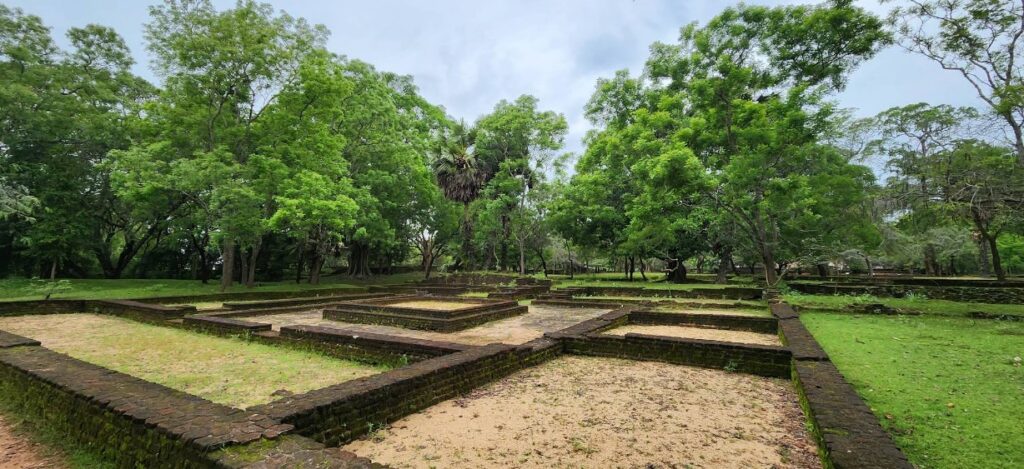
After years of colonial rule, Polonnaruwa was recaptured by the Sinhalese King Vijayabahu I in 1070 AD and recovered native domination. He established Polonnaruwa as the capital since it was strategically placed and offered the potential for expansion. Under his reign, the city began to grow into a powerful and culturally diverse urban hub. However, it was under King Parakramabahu I (1153–1186 AD) that Polonnaruwa reached its summit.
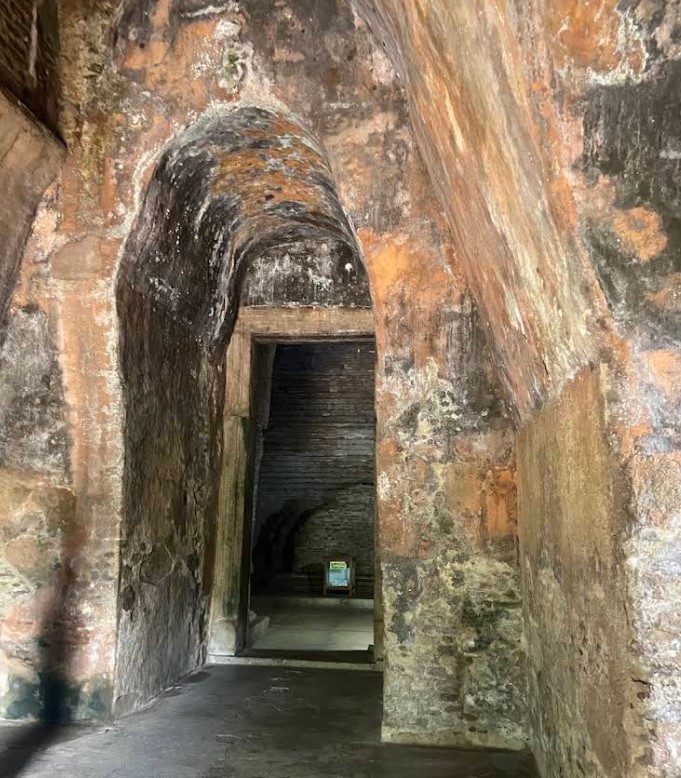
Golden Age: Reign of King Parakramabahu I
King Parakramabahu I is one of Sri Lanka’s greatest monarchs. His reign was the golden age of Polonnaruwa, in which the city became affluent both economically and culturally. Amongst his most significant achievements was the establishment of a massive and intricate irrigation system that rendered the nation agriculturally independent. His most famous utterance, “Let not a single drop of rain water go to the sea without being made useful to man,” is an indication of his commitment to sustainable development.
Parakramabahu constructed several reservoirs and canals, the most significant being the Parakrama Samudra (Parakrama Sea), a massive artificial lake still functioning today. These irrigation structures enabled crop growth all year round and made the kingdom the richest in South Asia during its time.
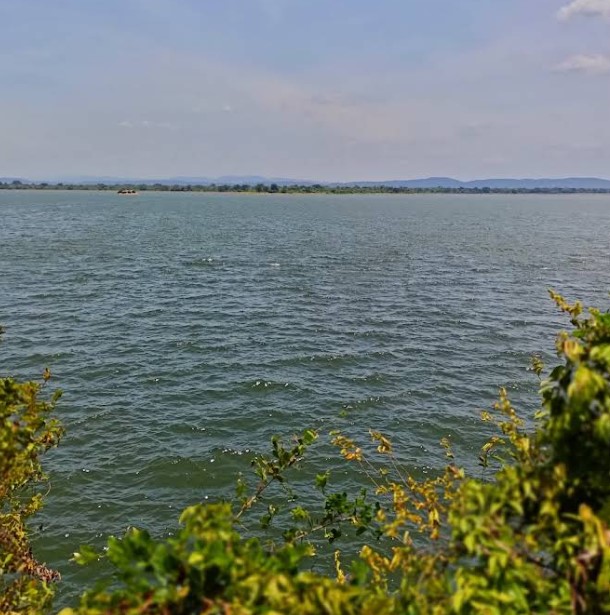
Apart from his engineering achievements, Parakramabahu made investments in religious and cultural projects. He built Buddhist monasteries, temples, stupas, and statues, and promoted a cultural revival. His policies of unifying the clergy and spreading Theravāda Buddhism helped to consolidate national identity and religious institutions.
Architectural and Cultural Masterpieces
Polonnaruwa is home to some of Sri Lanka’s finest architecture and art. It hosts one of its most famous sites, the Gal Vihara, a rock temple carved out of one block of granite and made up of four gigantic Buddha statues. The four statues—representing seated, standing, and reclining Buddha positions—are themselves masterpieces of Sinhalese rock cutting, showcasing the peaceful beauty and religious richness of Buddhist art.
Another significant place is the Royal Palace of Parakramabahu I, which was a magnificent seven-story structure with nearly a thousand rooms. Although only the foundations and parts of the walls are left today, the ruins show the magnificence and elegance of royal structures during the time.
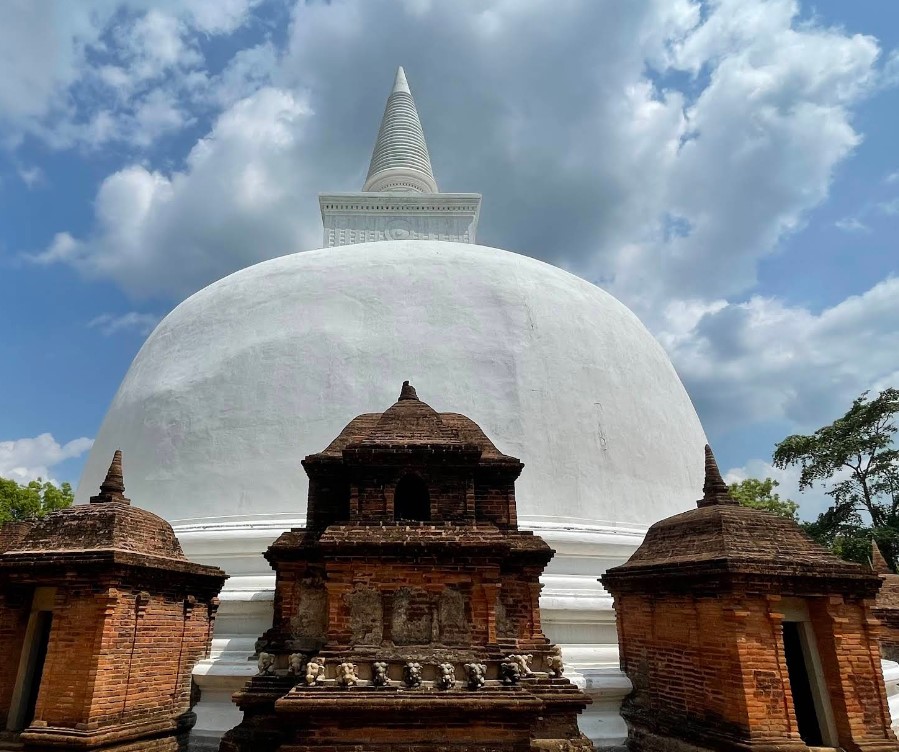
The Vatadage, a circular reliquary house built to surround a little stupa, is another architectural marvel. It possesses exquisitely ornamented stone pillars, moonstones, and guard stones that stand testament to the skill and artistic prowess of ancient Sri Lankan craftsmen.
Rankoth Vehera, a massive stupa built by King Nissanka Malla, is another example of religious grandeur at Polonnaruwa. Modeled after the celebrated Ruwanwelisaya in Anuradhapura, this stupa testifies to the continuation and perpetuation of Buddhist heritage.
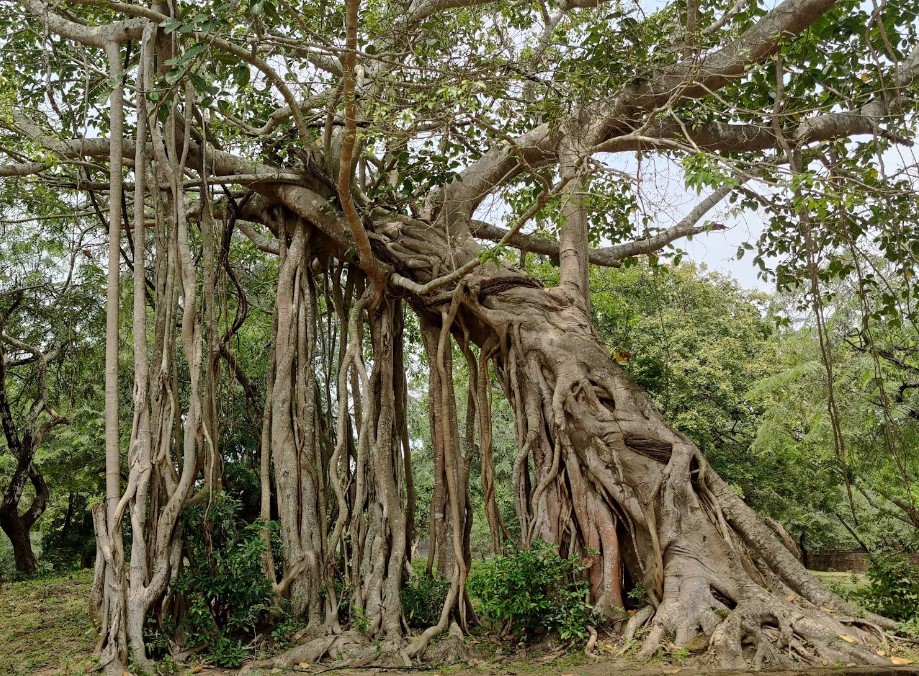
Irrigation and Urban Planning
The most advanced aspect of Polonnaruwa perhaps was its water supply. The planners created a reservoir (tank) and canal system that irrigated fields and towns. The most impressive of these is the Parakrama Samudra, which is over 2,400 hectares in area and features an elaborate network of channels.
This system aided the city to be rich in agriculture, supporting a large population and allowing trade of surplus crops like rice and sugarcane. The urban design of Polonnaruwa also shows a high degree of planning with distinct areas for religious, administrative, and domestic uses.
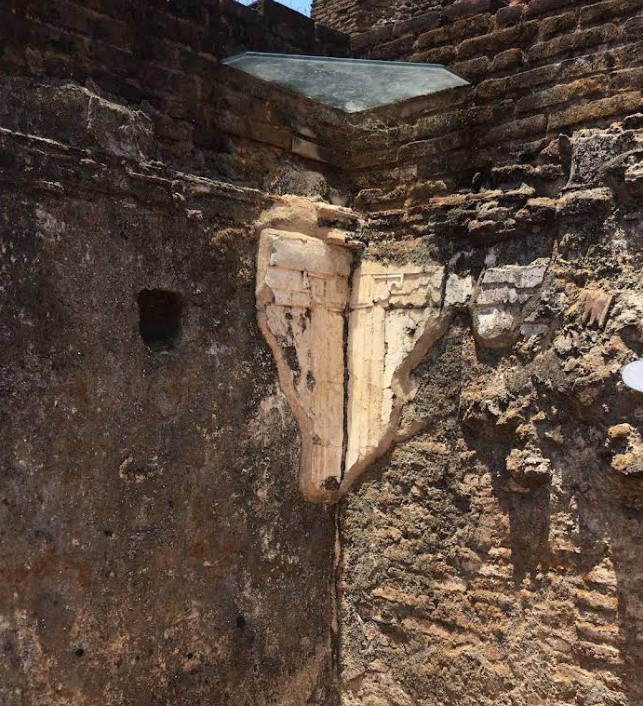
Religious Harmony and Cultural Integration
Although primarily a Theravāda Buddhist site, Polonnaruwa was also home to other religious communities like Hindus and Mahayana Buddhists. This is reflected in the temples of the Siva Devale in honor of the Hindu god Shiva and other South Indian-related shrines constructed during and after the Chola occupation.
This coexistence of the different religious traditions attests to the religious and cultural tolerance that prevailed in ancient Sri Lanka. The blending of South Indian and Sinhalese architectural influences is an indicator of the integration and the influence that these cultures had on each other.
Decline and Legacy
The fall of Polonnaruwa began during the later 13th century due to internal strife, South Indian invasion, and natural reasons like the breakdown of the irrigation system. The capital was moved still southward, and some of the city’s abandoned parts remained as they were.
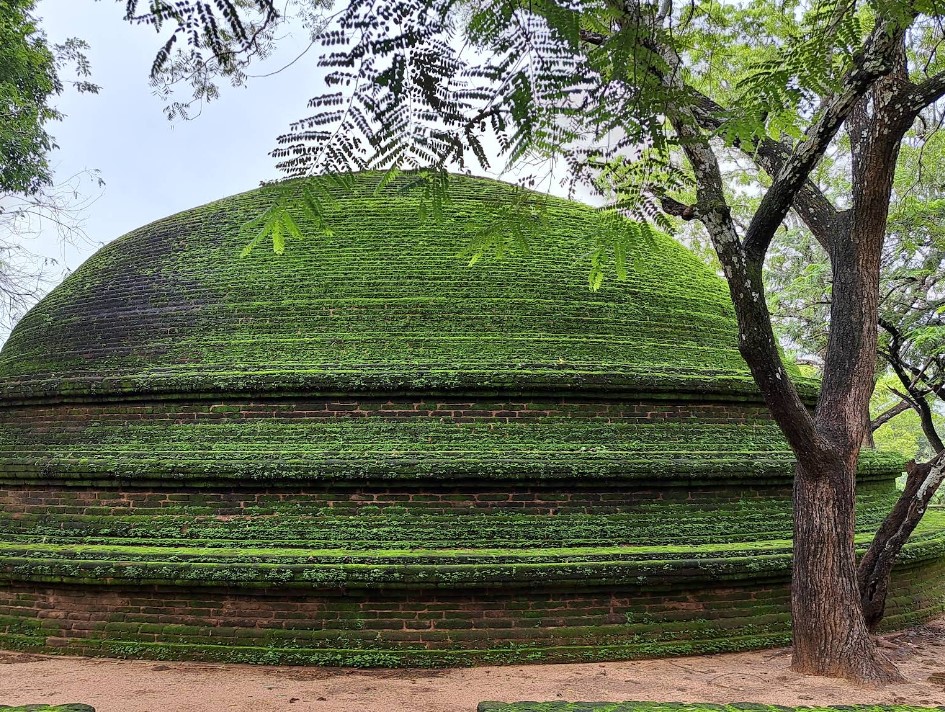
While it fell, Polonnaruwa’s memory lives on. It is something Sri Lankans can be proud of, showcasing the island nation’s achievements in its governmental, engineering, and artistic past. Well preserved, the ruins are a hub for tourists, with individuals from all over the world coming to witness its ancient grandeur.
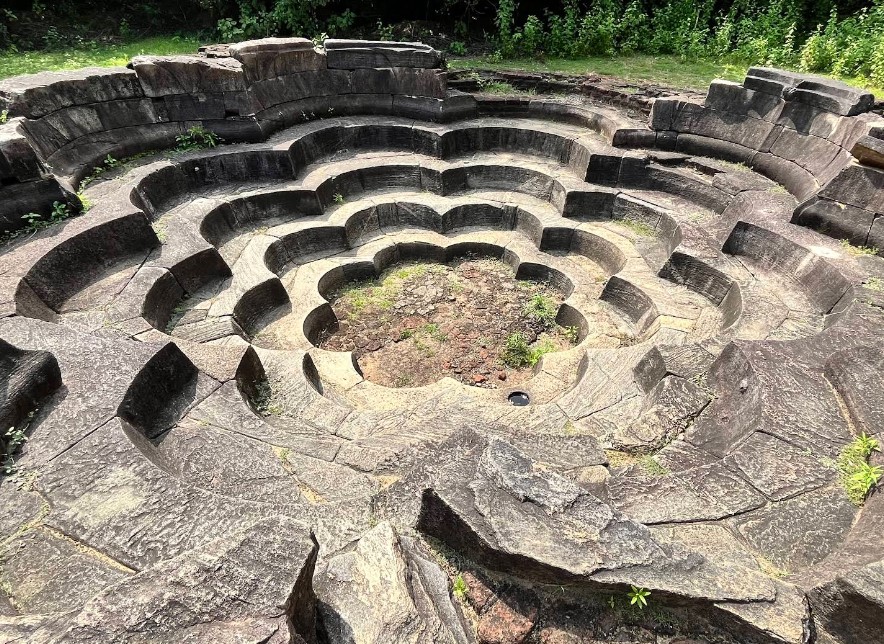
Polonnaruwa, being an ancient city, is a titanic page in Sri Lanka’s history. Its ruins speak of an era when the island was a flourishing center of culture, religion, and innovation. From the farsighted vision of King Parakramabahu to the ageless marvels of form and construction, Polonnaruwa is an eternal symbol of national heritage. As Sri Lanka today continues to grow and evolve, the lessons of Polonnaruwa—in concord, sustainability, and cultural co-existence—are still as relevant today as they were one thousand years ago. Preserving and learning about this old city is not just a debt to the past but a stepping stone to a better future.
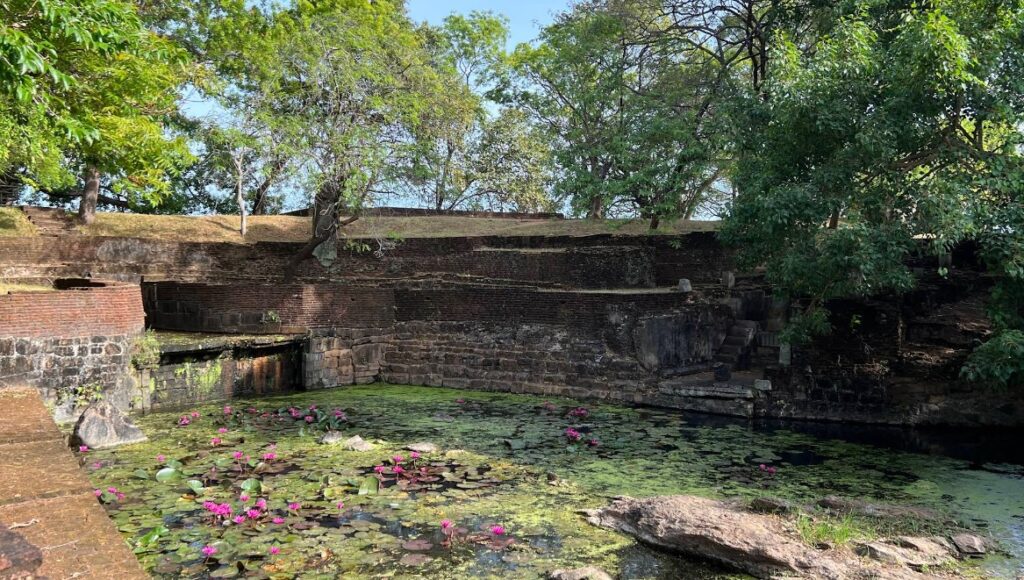
Where is Polonnaruwa?
Polonnaruwa is located in the North Central Province of Sri Lanka, around:
- 230 km from Colombo
- 140 km from Kandy
- 100 km from Anuradhapura
By Train
- Route: Colombo Fort → Polonnaruwa (via Batticaloa line)
- Travel time: ~6 to 8 hours
- Booking: Tickets can be bought at train stations or online via Sri Lanka Railways
- Note: The train ride is scenic but slower. There are first, second, and third-class compartments
By Bus
- From Colombo: Buses leave from the Colombo Central Bus Stand (Pettah) to Polonnaruwa.
- From Kandy or Anuradhapura: Direct buses are available, or transfer at Dambulla.
- Travel time:
- Colombo to Polonnaruwa: ~6–7 hours
- Kandy to Polonnaruwa: ~4–5 hours
- Type: Choose intercity (luxury or semi-luxury) buses for more comfort
By Private Vehicle or Taxi
- Fastest and most comfortable option.
- You can hire a taxi or book via apps like PickMe or Uber (limited availability), or use a local travel agency.
- Travel time:
- Colombo to Polonnaruwa: ~5 hours
- Kandy to Polonnaruwa: ~3.5 hours
- Pro tip: Consider hiring a driver-guide if you plan to explore nearby attractions like Sigiriya or Minneriya National Park.
